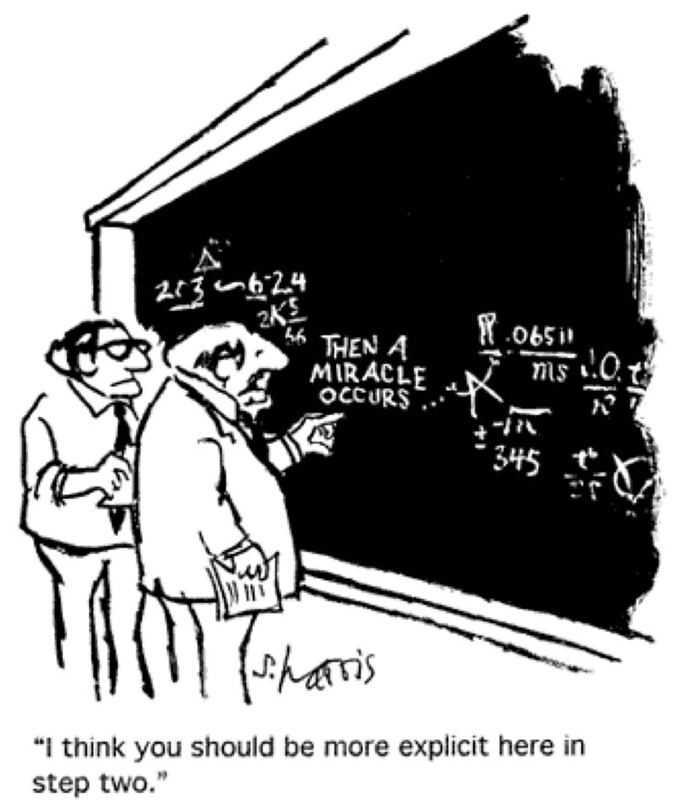When the pandemic closed schools in mid-March, one of the myriad question marks that loomed was if or how the Advance Placement Exams would proceed. As it became clear that schools would not reconvene for the remainder of the year, that question mark loomed larger. I teach AP Physics 1 and AP Physics 2.
The College Board decided to proceed with the exams, albeit in a highly modified format. Exam content was pruned. College Board offered online lessons intended to prepare students for the content and format of the exams.
From what I gathered via Twitter, most instructors jumped on board on did what they could to coach their students for the exam via distance instruction. From what I could tell, there was considerable highly admirable and herculean distance learning being implemented in the AP Physics realm.
I chose a different path. It was never clear to me that many of my students were aiming to take the exam. At my school, students are free to enroll in AP courses without being required to purchase the exam. Survey results of whether students were going to take the exam in light of the pandemic, most of my students chose neither "yes" nor "no". They chose "maybe".
In AP Physics 1, I continued teaching the course content: Waves, Electricity, and Circuits.
It seemed wrong to allow AP Physics 1 students to be allowed to go out into the world not knowing what waves were.
So I puttered along with my non-onerous, asynchronous lessons delivered and collected via Google Classroom, making my way through waves, then electrostatics, and electric circuits.
What about my students who intended to take the exam? I instructed them to join the College Board's online course webinars. I unlocked the practice items available to them in AP Classroom.
The point is that all of us who teach the College Board's Advanced Placement had to make a choice of what to prioritize: exam preparation or course content.I chose course content. From what I could glean, I was alone in this choice. That didn't bother me. I didn't blog about it then because I wasn't looking to win converts or initiate a spirited debate. I trusted everyone to make the choice best suited to their situation.
The presumption of the College Board was clearly that we would jump on board with exam prep in these challenging times. From what I could tell from their communications, The Exam wasn't everything, it was The Only Thing.
In a normal, face-to-face year, I would have completed those topics prior to the exam and would have ended the year (post-exam) with what I call "Light Desserts". That unit covers plane mirrors, prisms, rainbows, double rainbows across the sky, mirages, why the sky is blue, and polarization. Not this year.
In AP Physics 2, I had completed virtually all principal instruction. We were ready to go into exam prep mode, for the Exam That Was. I directed AP2 students intent on taking the exam to join the College Board's webinars, too. And assigned the others a few enrichment activities.
It is not clear that my choice "has made all the difference", but it was the choice that I made. And it still seems like it was the right choice for me and my students.
